Fondazione Prada recreates art shows held under the rise and fall of fascist Italy
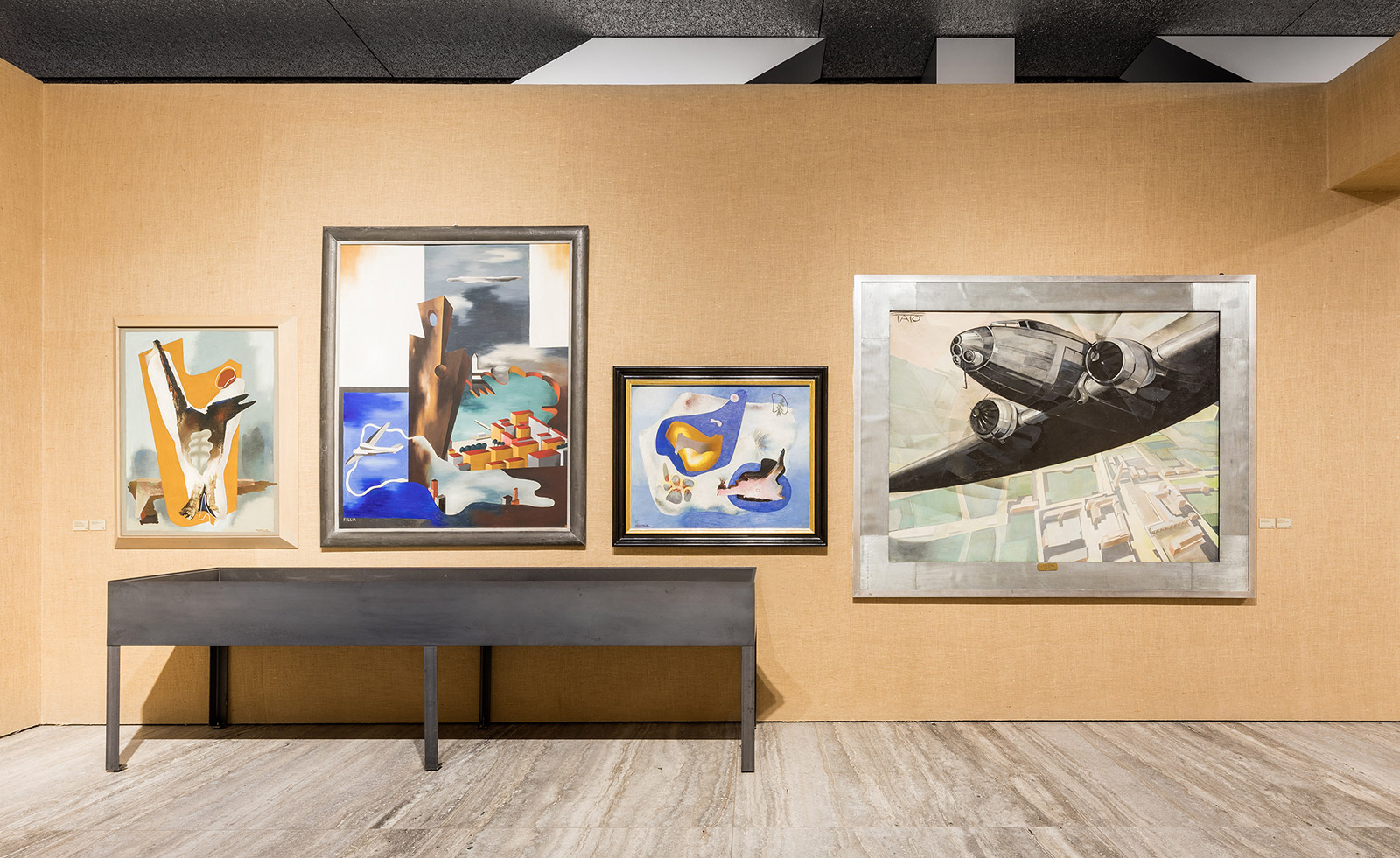
As Italy’s recent general elections on Sunday 4 March solidified the growing presence of far right and anti-establishment parties in Italian politics, it seems an apt coincidence that a current exhibition at Fondazione Prada explores the role of artistic and cultural production during the rise and fall of the country’s fascist regime. The vast show, ‘Post Zang Tumb Tuuum. Art Life Politics: Italia 1918–1943’ – among the largest that the institution has ever held – identifies the environmental, temporal, social and political contexts that contributed to Italian art during this period.
Curated by Germano Celant and designed by New York-based 2x4, the Milan exhibition centres on the partial reconstruction of 20 public and private exhibitions held both in Italy and abroad. Private rooms and exhibition halls featuring over 100 artists — Giacomo Balla, Giorgio de Chirico and Giorgio Morandi alongside their respective movements futurism, Valori Plastici (‘plastic values’), Novecento Italiano, among others — are rebuilt within Fondazione Prada’s sprawling galleries.

Installation view of ‘Post Zang Tumb Tuuum. Art Life Politics: Italia 1918–1943’ at Fondazione Prada, Milan
Paintings, sculptures, architectural drawings, tapestries and furniture are placed in their original arrangements, while ghostly apparitions printed in greyscale appearin lieu of pieces either destroyed or unobtainable. Collected photographs, letters, exhibition catalogues and newspaper clippings are shown in tandem, illuminating the fascist government’s role in supporting and surveilling the arts in the guise of syndicated exhibitions and prizes.
Opening in 1918 at the close of the First World War, the exhibition’s first reconstruction is the private home of Filippo Tommaso Marinetti, founder of the futurist movement, whose sound-poem Zang Tumb Tumb inspires the show’s onomatopoetic title. Marinetti’s writing glorified the violence of war, what he called ‘the dreamt-of metallisation of the human body’, and spurred on Mussolini’s cause in the form of a cultural counterpoint. The walls are hung with fawning portraits of Marinetti by Růžena Zátková and Fortunato Depero in the brashly colourful style that came to define the movement.
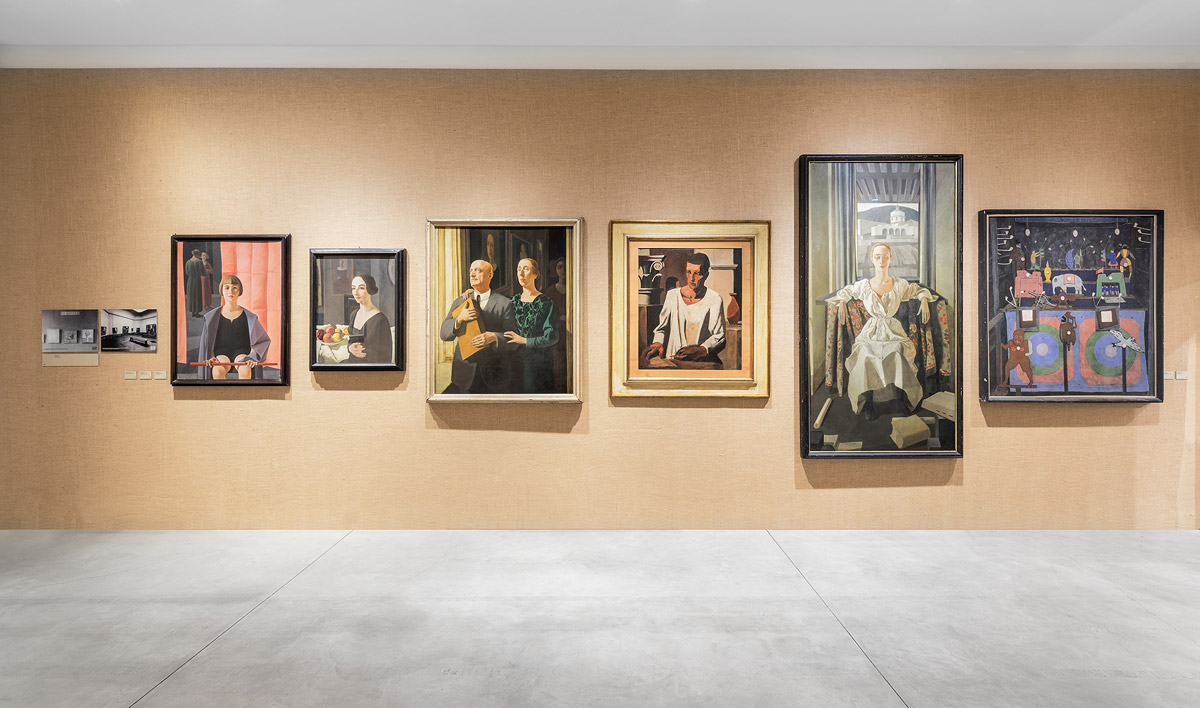
Installation view of ‘Post Zang Tumb Tuuum. Art Life Politics: Italia 1918–1943’ at Fondazione Prada, Milan
From there, the exhibition travels through time. Moving from the 1921 German exhibition ‘Das Junge Italien’ (‘The Young Italian’), featuring a wall of Morandi’s still lifes, to Adolfo Wildt’s room at the 13th Venice Biennale in 1922. The ‘Mostra del Novecento Italiano’, organised by cultural critic — and mistress of Mussolini — Margherita Sarfatti, delves into the cry for a ‘return to order’ in Italian art that endeavoured to erase the avant-garde exploration of the early 20th century. The exhibition, inaugurated by Mussolini in 1923, showcased work by Mario Sironi, Carlo Carrà, Arturo Martini, and more.
Further along, Mussolini’s propaganda machine reaches its zenith in the cathedral-like Deposito, which hosts imagery from the ‘Exhibition of the Fascist Revolution’, held in Rome at the Palazzo delle Esposizioni from 1932-1934. White panels as tall as houses are projected with life-size images in black and white from the event, which four million Italians made their way to the capital to see.
What begins with the futurist movement’s avowed glorification of the act of war finds its logical artistic conclusion in Corrado Cagli’s simple, excruciating line drawings. Cagli, an Italian artist of Jewish descent, became a US citizen during the war in order to join the military, returning to Europe as an American solider. Sketched in oil, the drawings illustrate the horrors of the Buchenwald concentration camp, which Cagli helped liberate in 1945. A chilling but necessary reminder of the ultimate cost of a nation’s descent into the grip of fascism.
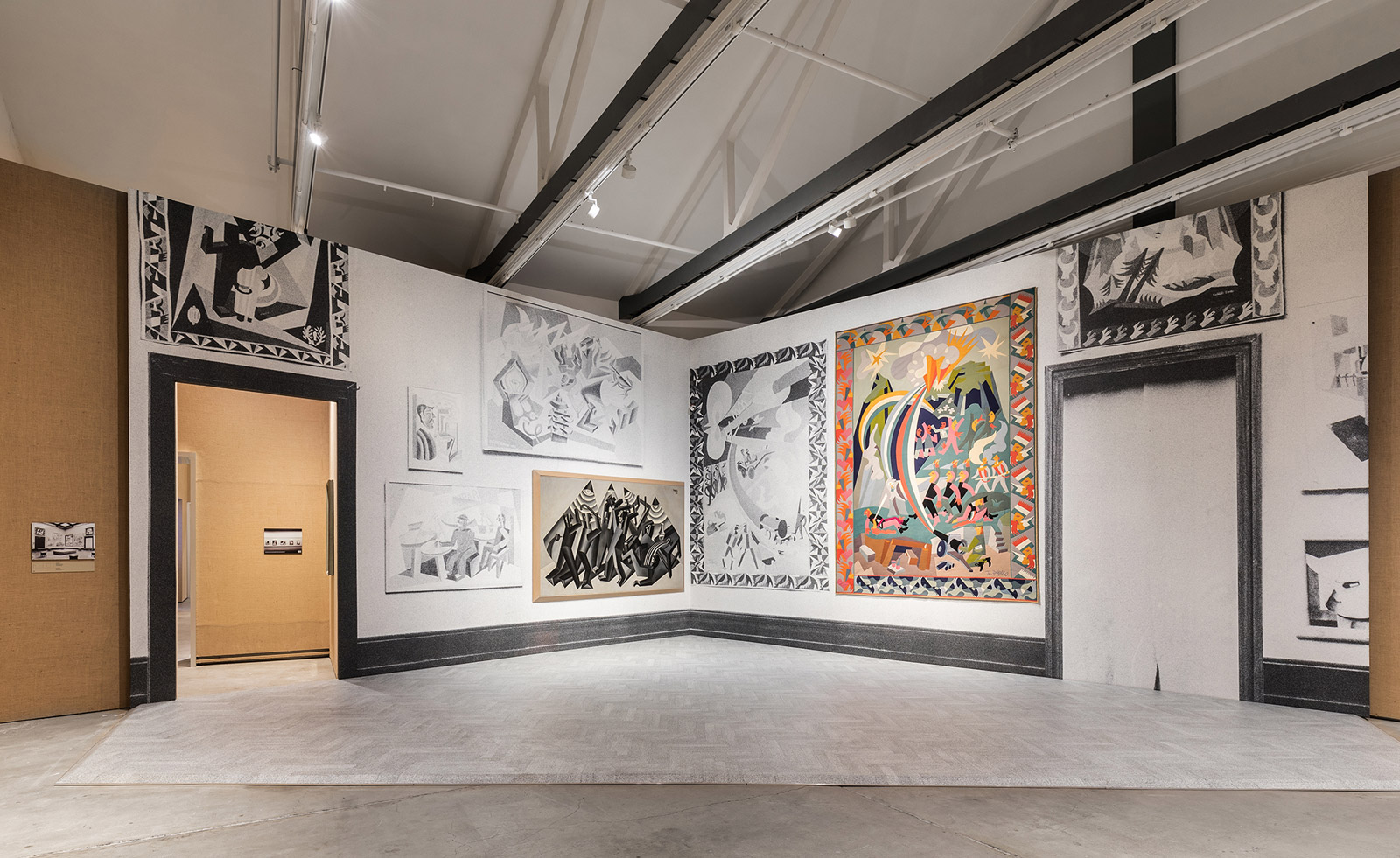
Recreation of the USSR Pavilion at the 15th Venice Biennale for ‘Post Zang Tumb Tuuum. Art Life Politics: Italia 1918–1943’ at Fondazione Prada, Milan

Installation view of the Italian futurist exhibition at the USSR Pavilion at the 15th Venice Biennale, 1926. © La Biennale di Venezia, ASAC, Fototeca – serie ‘Attualità e Allestimenti’ – Mostra del FuturismoItaliano, Venezia 1926.
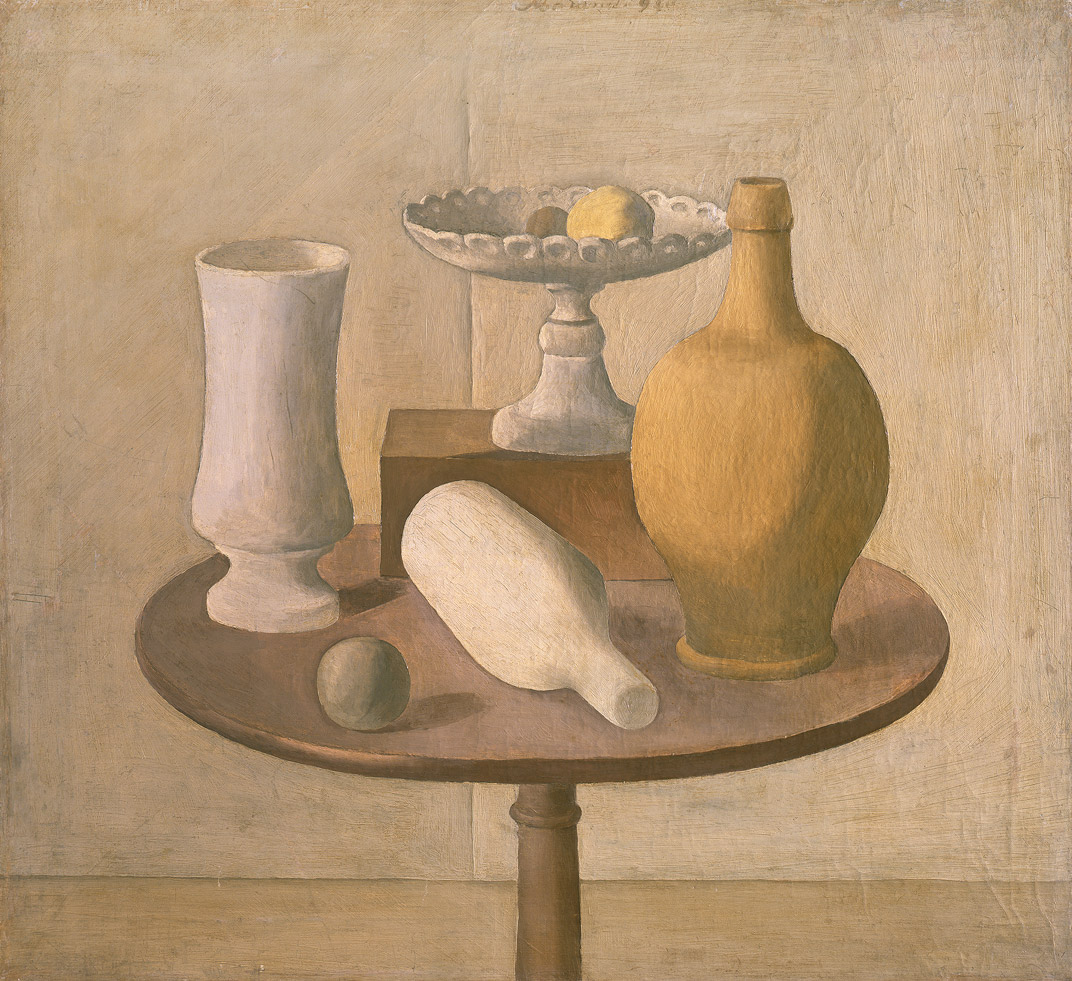
Natura morta, 1920, Giorgio Morandi. and MiBACT – Pinacoteca diBrera, ArchivioFotografico
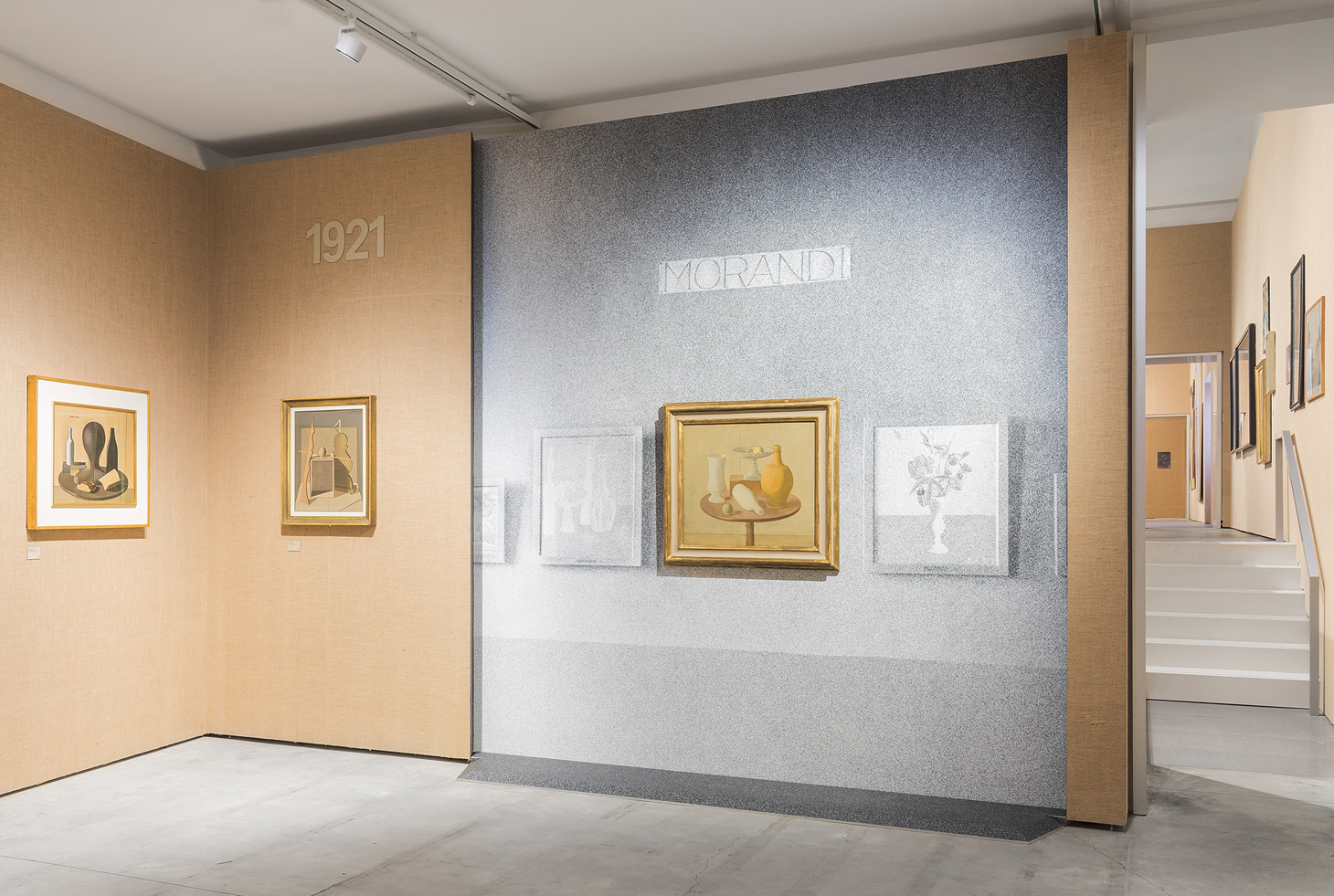
Installation view of ‘Post Zang Tumb Tuuum. Art Life Politics: Italia 1918–1943’ at Fondazione Prada, Milan

Installation view of ‘Post Zang Tumb Tuuum. Art Life Politics: Italia 1918–1943’ at Fondazione Prada, Milan
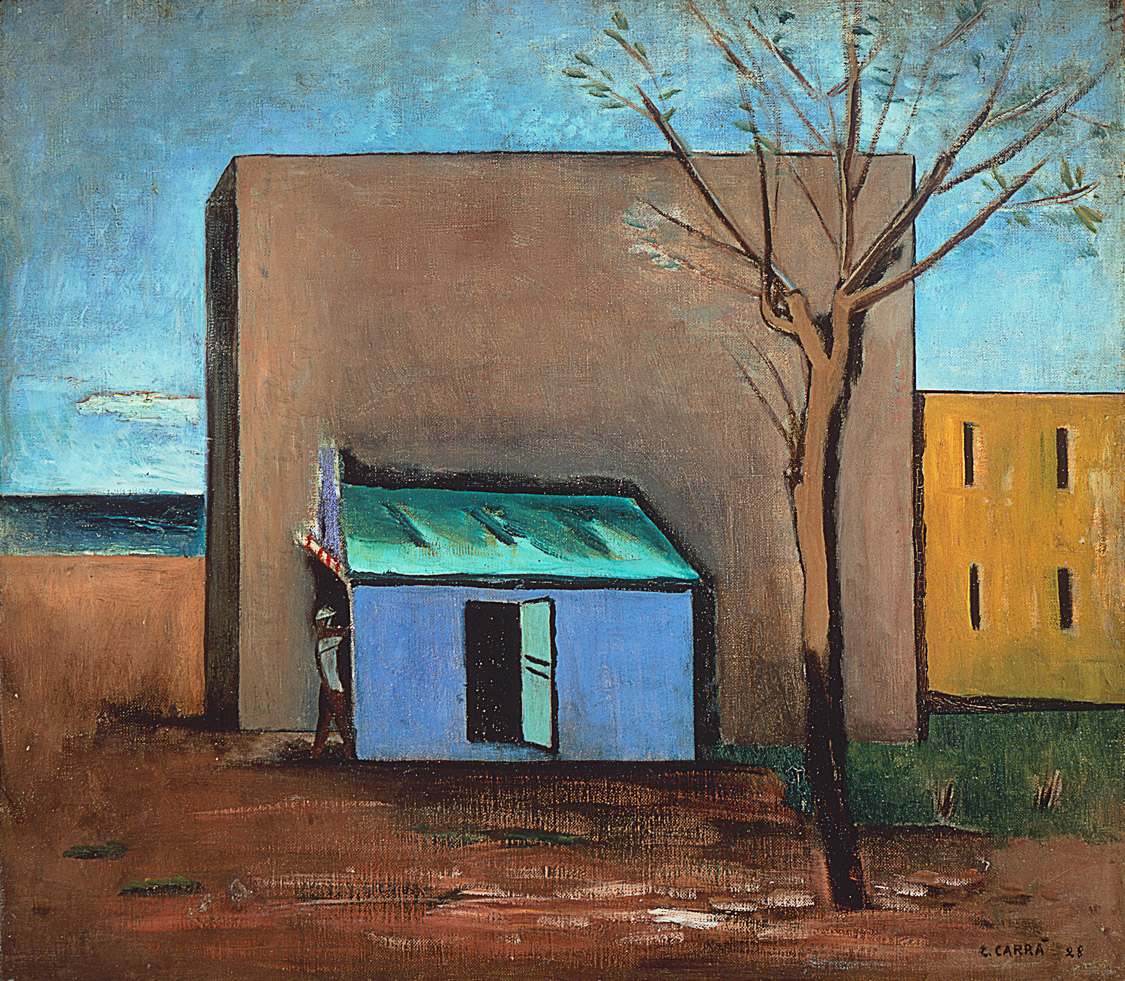
Il bersaglio, 1928, by Carlo Carrà. © Carlo Carrà by SIAE 2018.
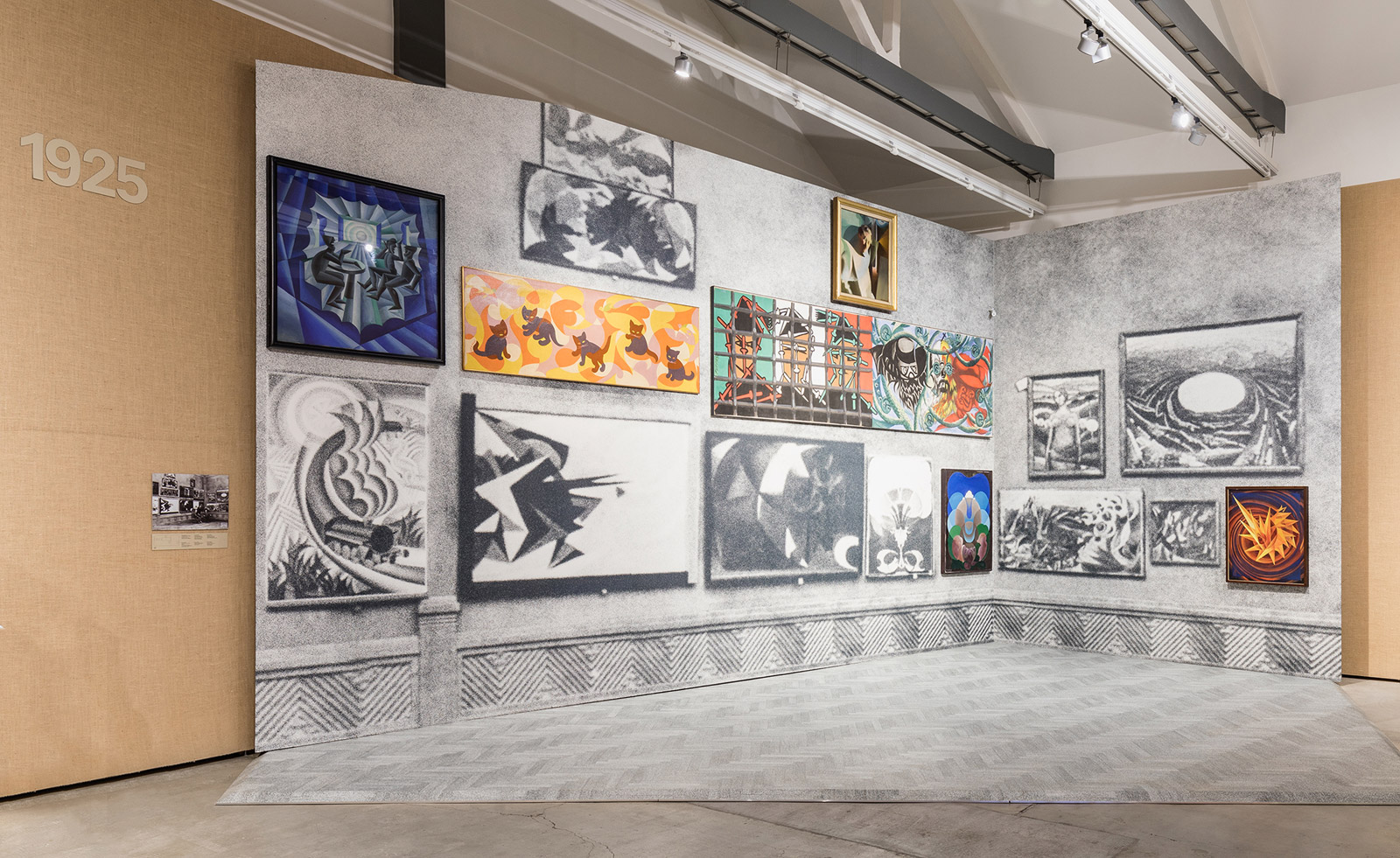
Recreation of ‘III Biennale di Roma’, 1925, for ‘Post Zang Tumb Tuuum. Art Life Politics: Italia 1918–1943’ at Fondazione Prada, Milan

Installation view of ‘III Biennale di Roma’,1925, futurist group show curated by FT Marinetti, with works by Giacomo Balla, Fortunato Depero and Gerardo Dottori Among the exhibited pieces: Canaringatti – Gatti futurist, 1923-1924, by Giacomo Balla. Image published in the magazine EMPORIUM.
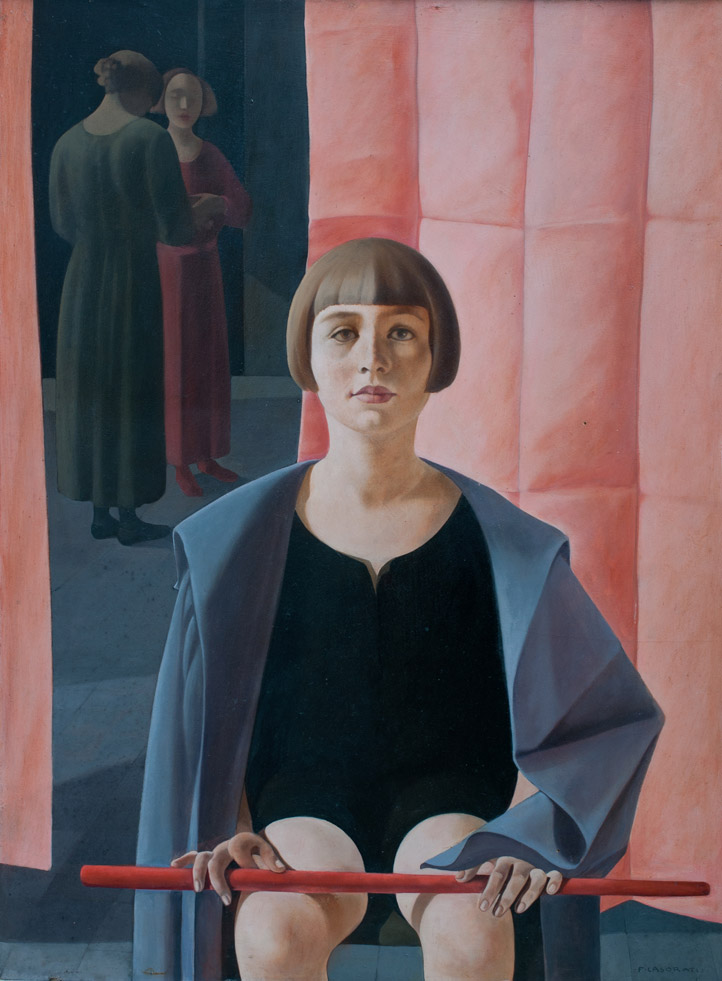
Ritratto di Renato Gualino, 1923-1924, by Felice Casorati.
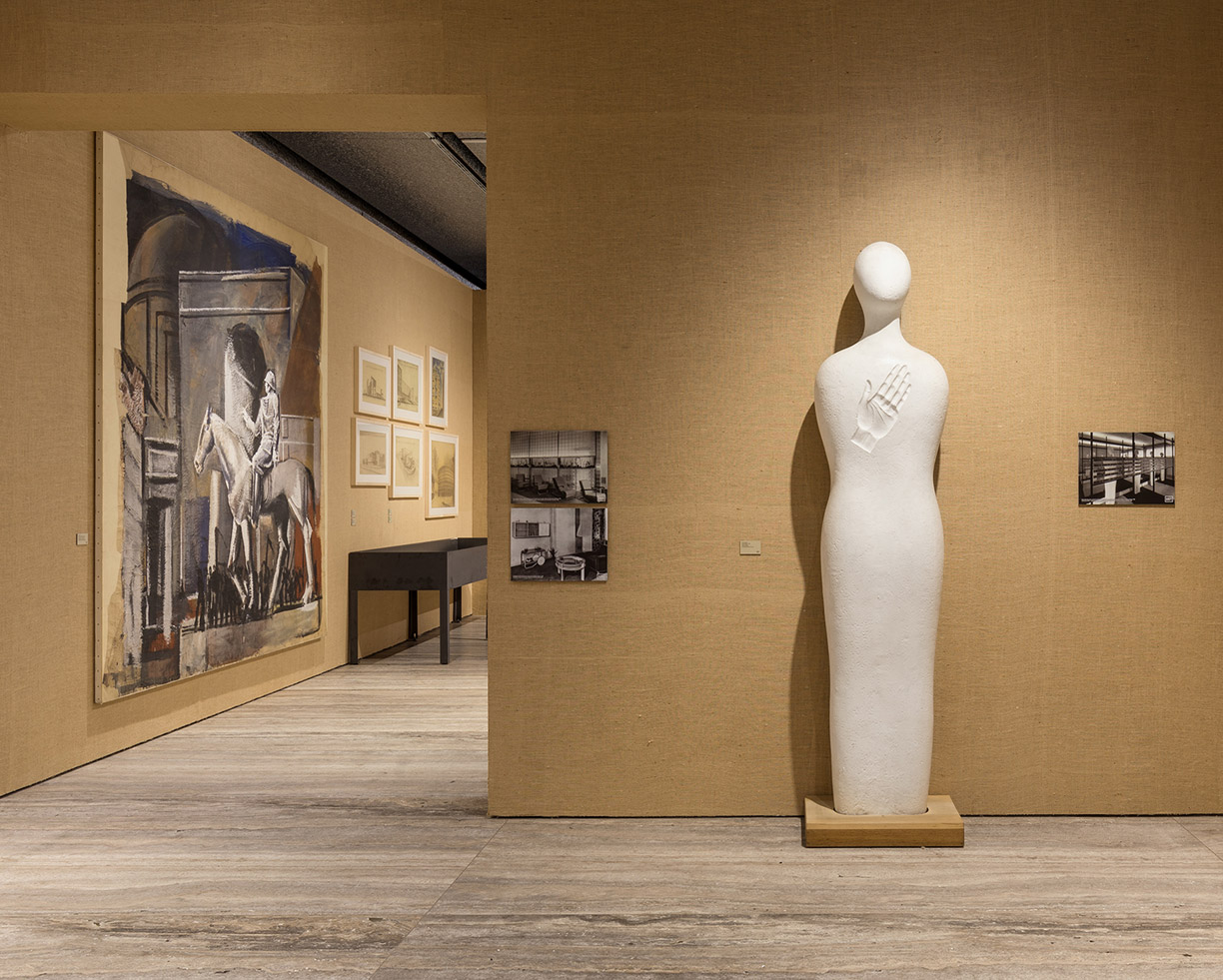
Installation view of ‘Post Zang Tumb Tuuum. Art Life Politics: Italia 1918–1943’ at Fondazione Prada, Milan

Installation view of ‘Post Zang Tumb Tuuum. Art Life Politics: Italia 1918–1943’ at Fondazione Prada, Milan
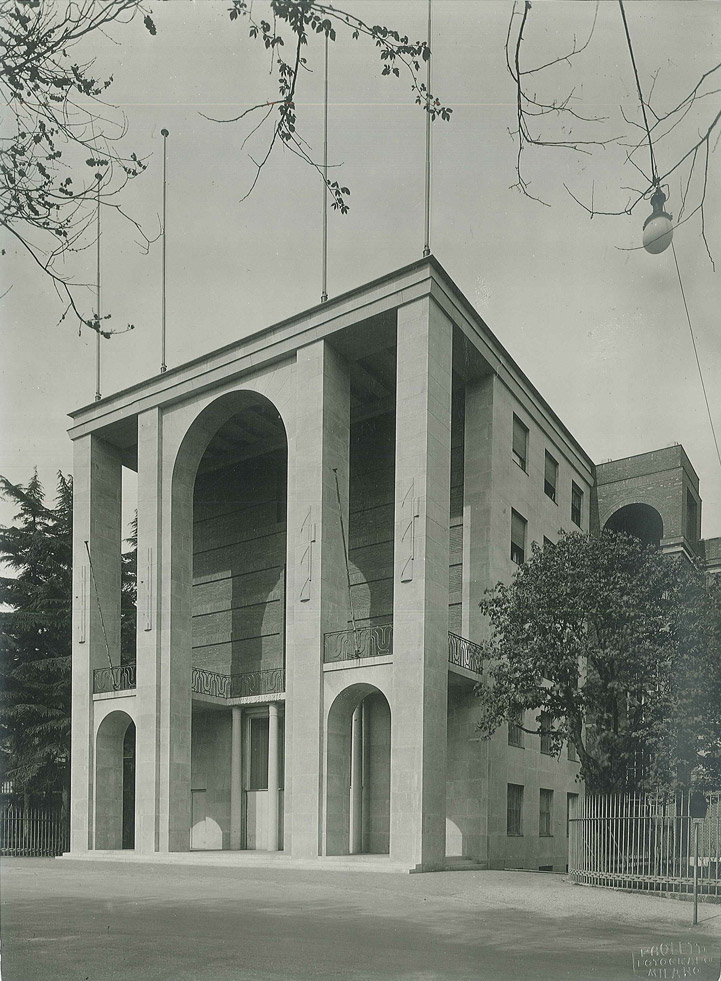
Pallazo del’Arte (Fondazione Bernocchi), 1933, by Giovanni Muzio, photographic print.

Installation view of ‘Post Zang Tumb Tuuum. Art Life Politics: Italia 1918–1943’ at Fondazione Prada, Milan
INFORMATION
‘Post Zang Tumb Tuuum. Art Life Politics: Italia 1918–1943’ is on view until 25 June. For more information, visit the Fondazione Prada website
ADDRESS
Fondazione Prada
Largo Isarco 2
20139 Milan
Receive our daily digest of inspiration, escapism and design stories from around the world direct to your inbox.
Laura May Todd, Wallpaper's Milan Editor, based in the city, is a Canadian-born journalist covering design, architecture and style. She regularly contributes to a range of international publications, including T: The New York Times Style Magazine, Architectural Digest, Elle Decor, Azure and Sight Unseen, and is about to publish a book on Italian interiors.
-
 Inside a creative couple's magical, circular Indian home, 'like a fruit'
Inside a creative couple's magical, circular Indian home, 'like a fruit'We paid a visit to architect Sandeep Virmani and social activist Sushma Iyengar at their circular home in Bhuj, India; architect, writer and photographer Nipun Prabhakar tells the story
-
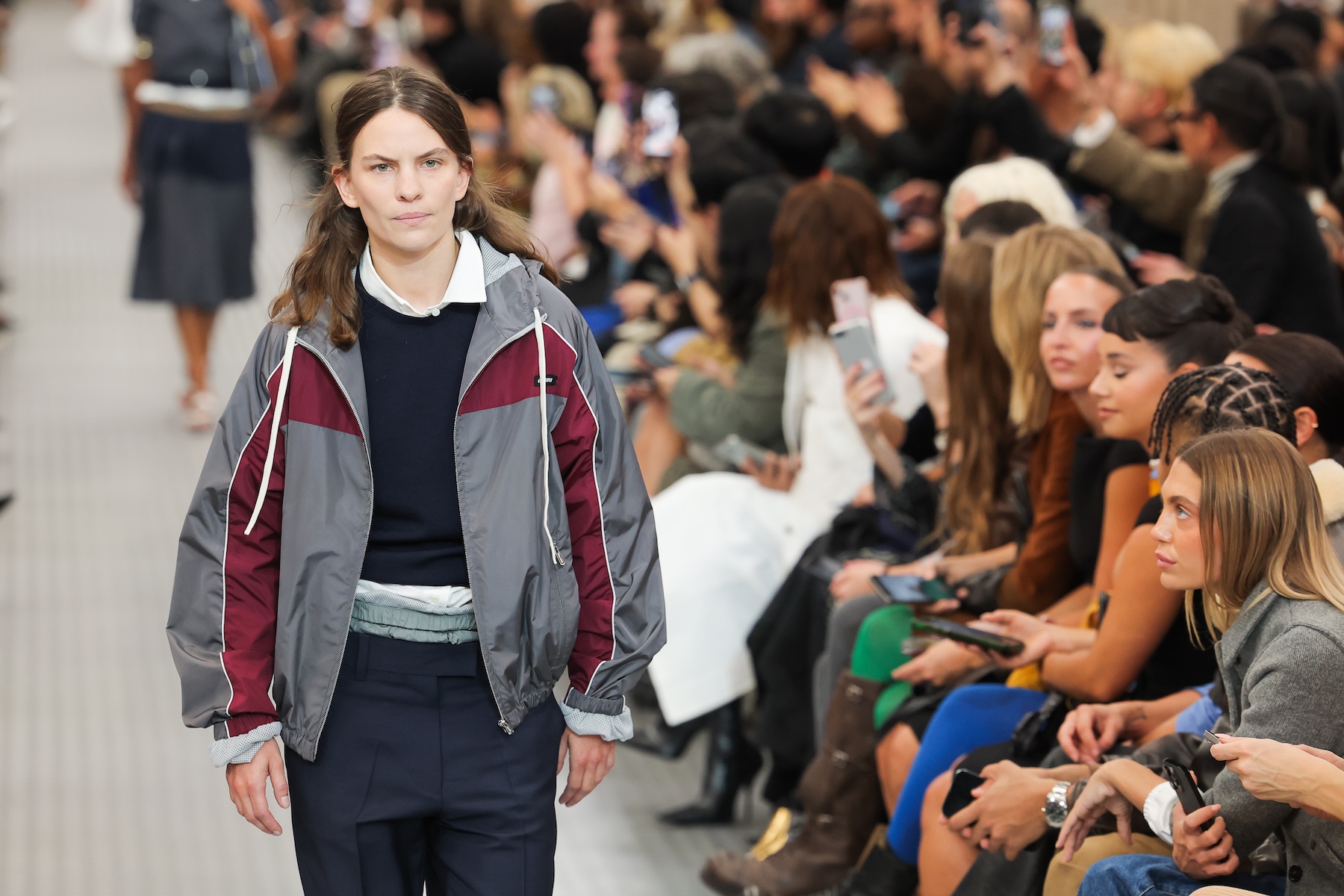 Ten of the best track jackets for channelling a 1970s-meets-1990s cool
Ten of the best track jackets for channelling a 1970s-meets-1990s coolAs a ‘Marty Supreme’ track jacket makes a bid for viral garment of 2025 – thanks to one Timothée Chalamet – the Wallpaper* style team selects ten of the best tracksuit and coach jackets for men and women, each encapsulating an easy, nostalgia-tinged elegance
-
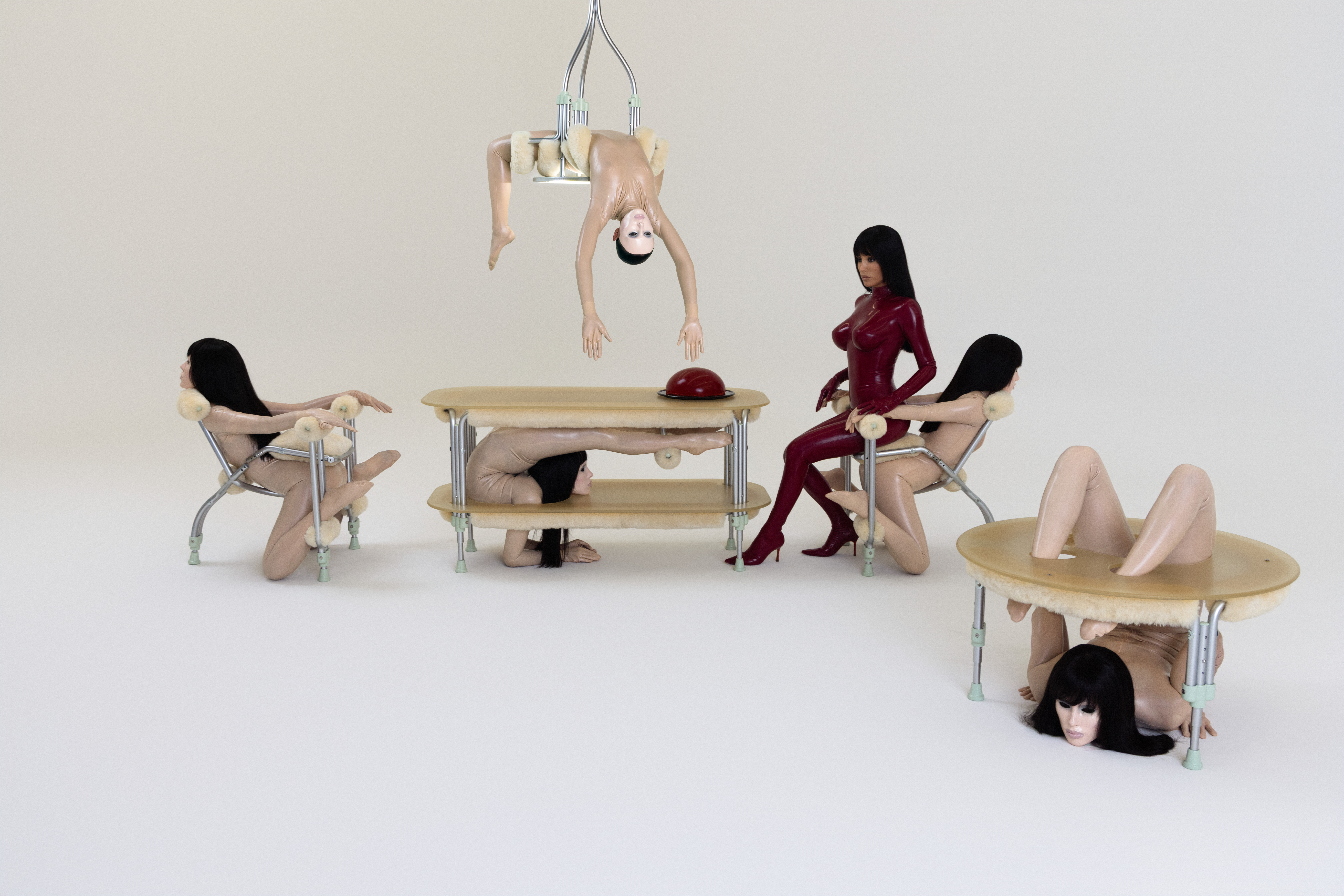 Eight questions for Bianca Censori, as she unveils her debut performance
Eight questions for Bianca Censori, as she unveils her debut performanceBianca Censori has presented her first exhibition and performance, BIO POP, in Seoul, South Korea
-
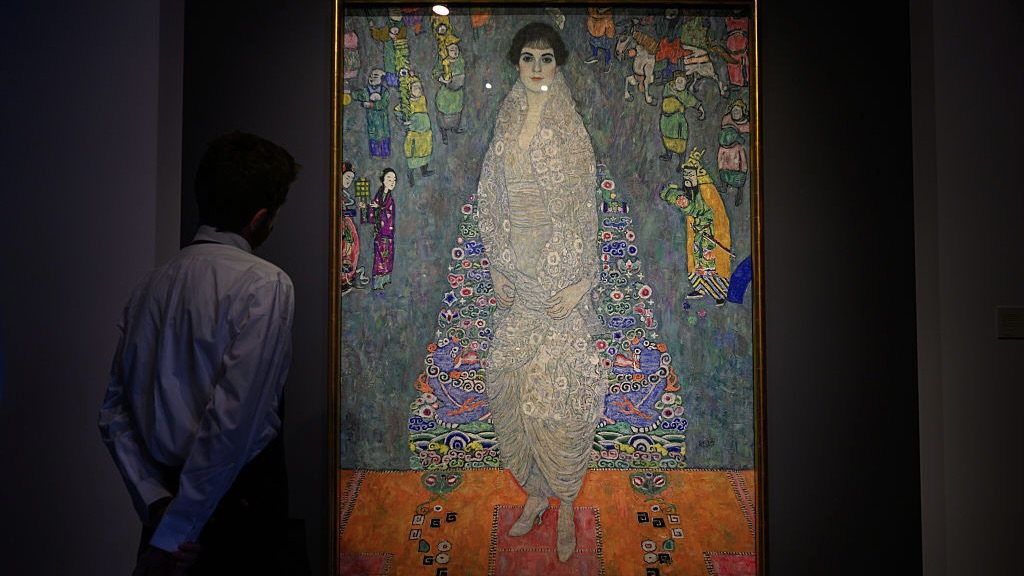 This Gustav Klimt painting just became the second most expensive artwork ever sold – it has an incredible backstory
This Gustav Klimt painting just became the second most expensive artwork ever sold – it has an incredible backstorySold by Sotheby’s for a staggering $236.4 million, ‘Portrait of Elisabeth Lederer’ survived Nazi looting and became the key to its subject’s survival
-
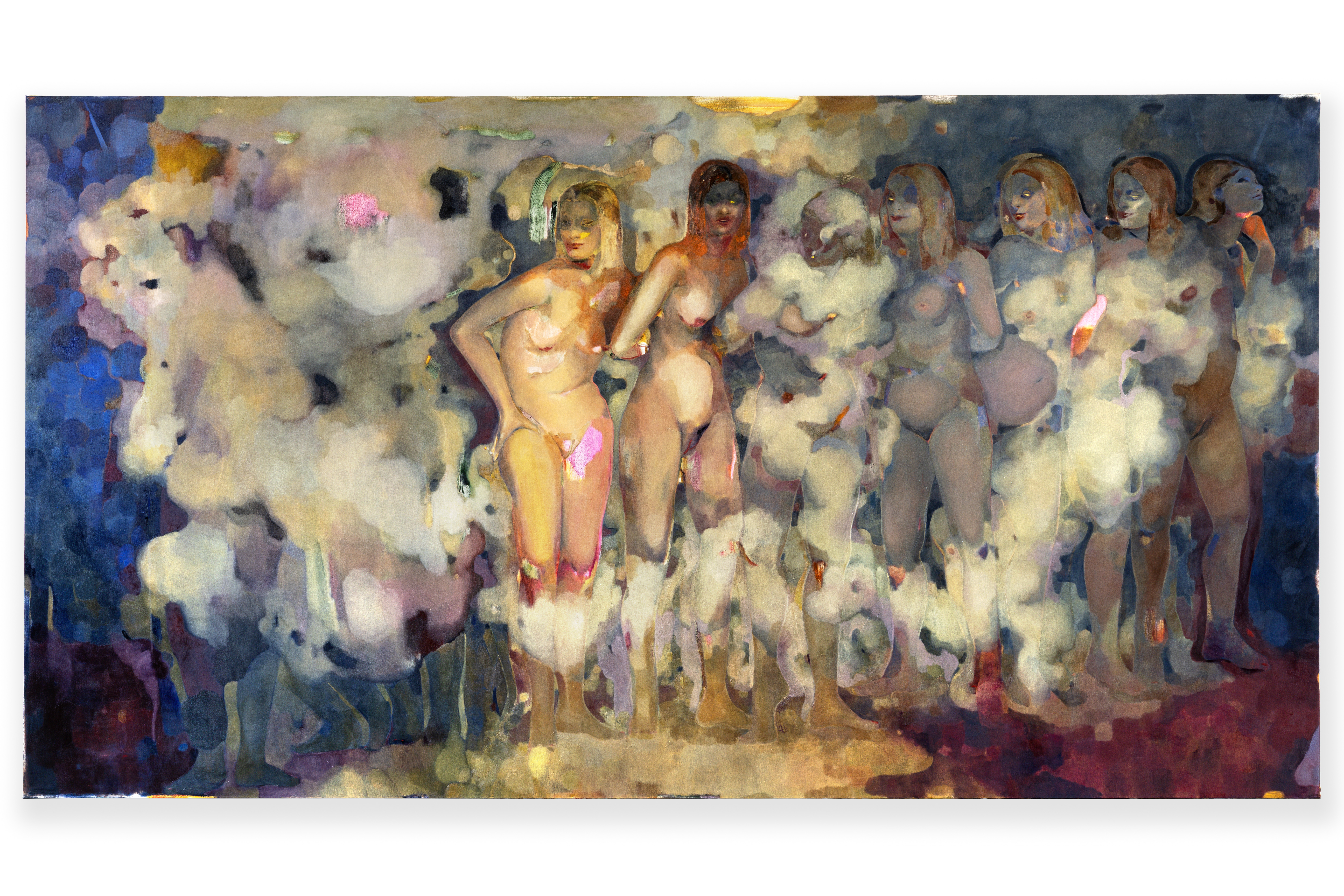 Meet Eva Helene Pade, the emerging artist redefining figurative painting
Meet Eva Helene Pade, the emerging artist redefining figurative paintingPade’s dreamlike figures in a crowd are currently on show at Thaddaeus Ropac London; she tells us about her need ‘to capture movements especially’
-
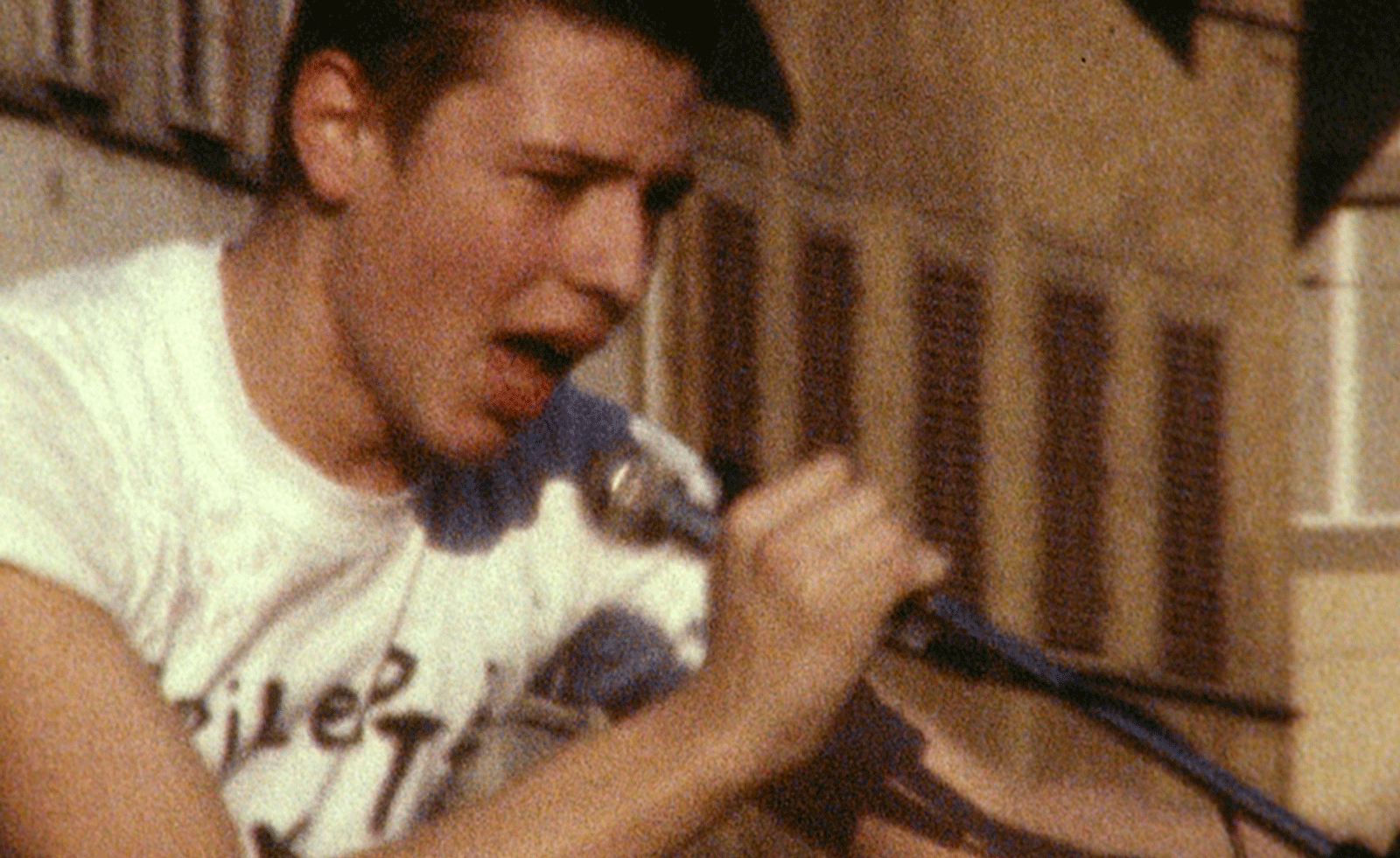 A forgotten history of Italian artists affected by the HIV-AIDS crisis goes on show in Tuscany
A forgotten history of Italian artists affected by the HIV-AIDS crisis goes on show in Tuscany‘Vivono: Art and Feelings, HIV-AIDS in Italy. 1982-1996’, at Centro per l'Arte Contemporanea Luigi Pecci in Prato delves into the conversation around the crisis
-
 Maggi Hambling at 80: what next?
Maggi Hambling at 80: what next?To mark a significant year, artist Maggi Hambling is unveiling both a joint London exhibition with friend Sarah Lucas and a new Rizzoli monograph. We visit her in the studio
-
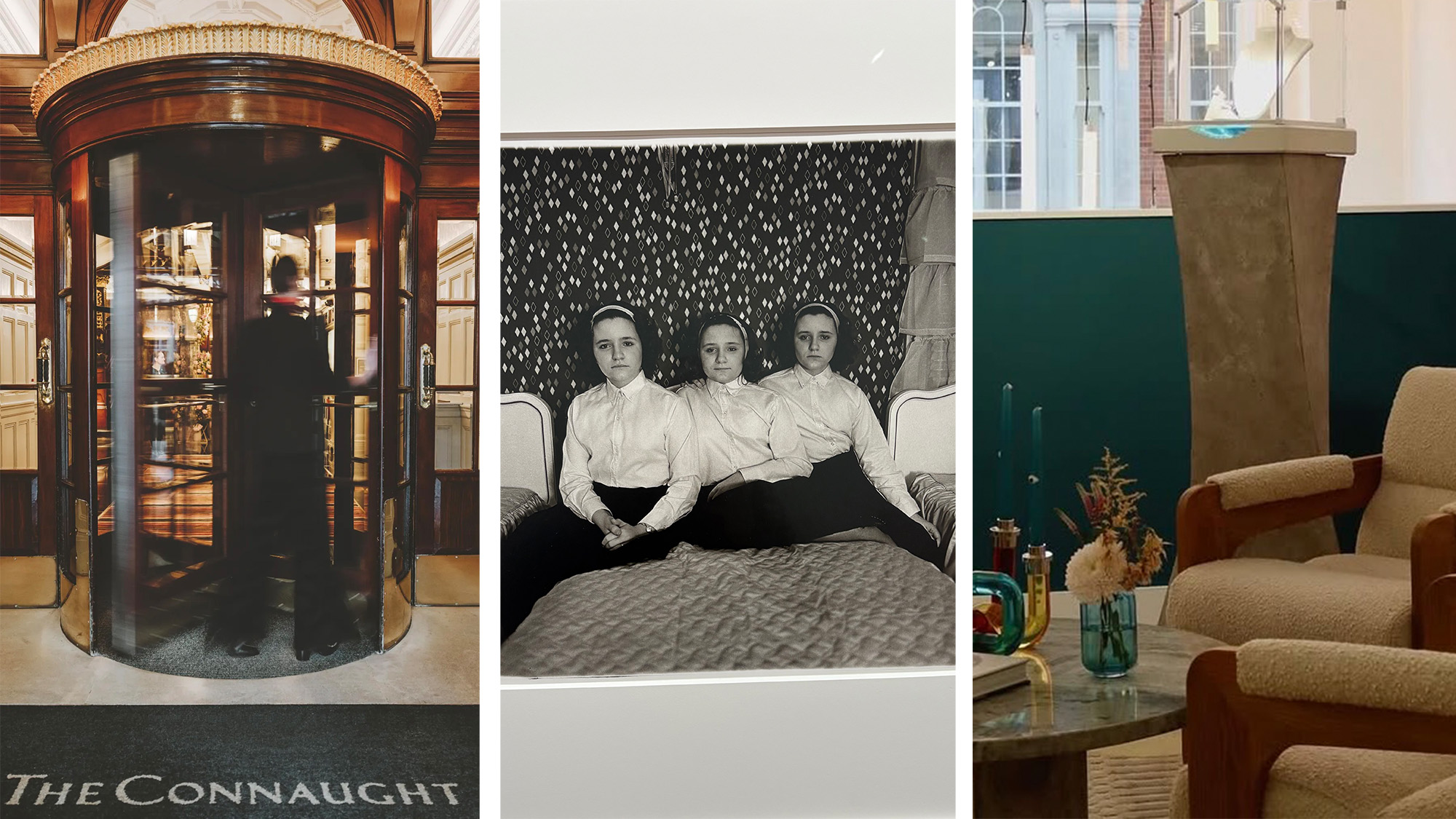 Out of office: The Wallpaper* editors’ picks of the week
Out of office: The Wallpaper* editors’ picks of the weekThis week, the Wallpaper* editors curated a diverse mix of experiences, from meeting diamond entrepreneurs and exploring perfume exhibitions to indulging in the the spectacle of a Middle Eastern Christmas
-
 Artist Shaqúelle Whyte is a master of storytelling at Pippy Houldsworth Gallery
Artist Shaqúelle Whyte is a master of storytelling at Pippy Houldsworth GalleryIn his London exhibition ‘Winter Remembers April’, rising artist Whyte offers a glimpse into his interior world
-
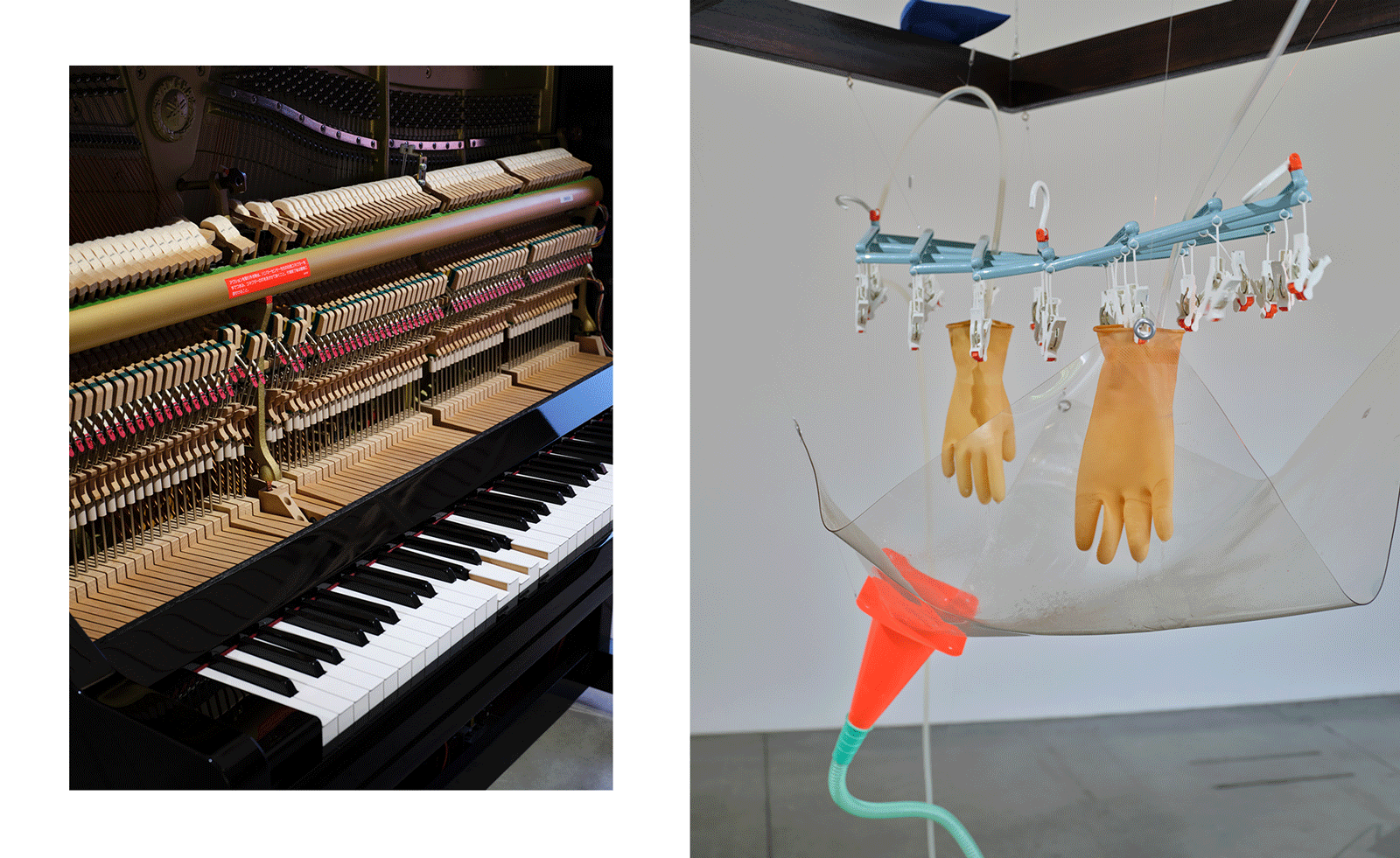 Yuko Mohri’s living installations play on Marcel Duchamp’s surrealism
Yuko Mohri’s living installations play on Marcel Duchamp’s surrealismThe artist’s seven new works on show at Milan’s Pirelli HangarBicocca explore the real and imaginary connections that run through society
-
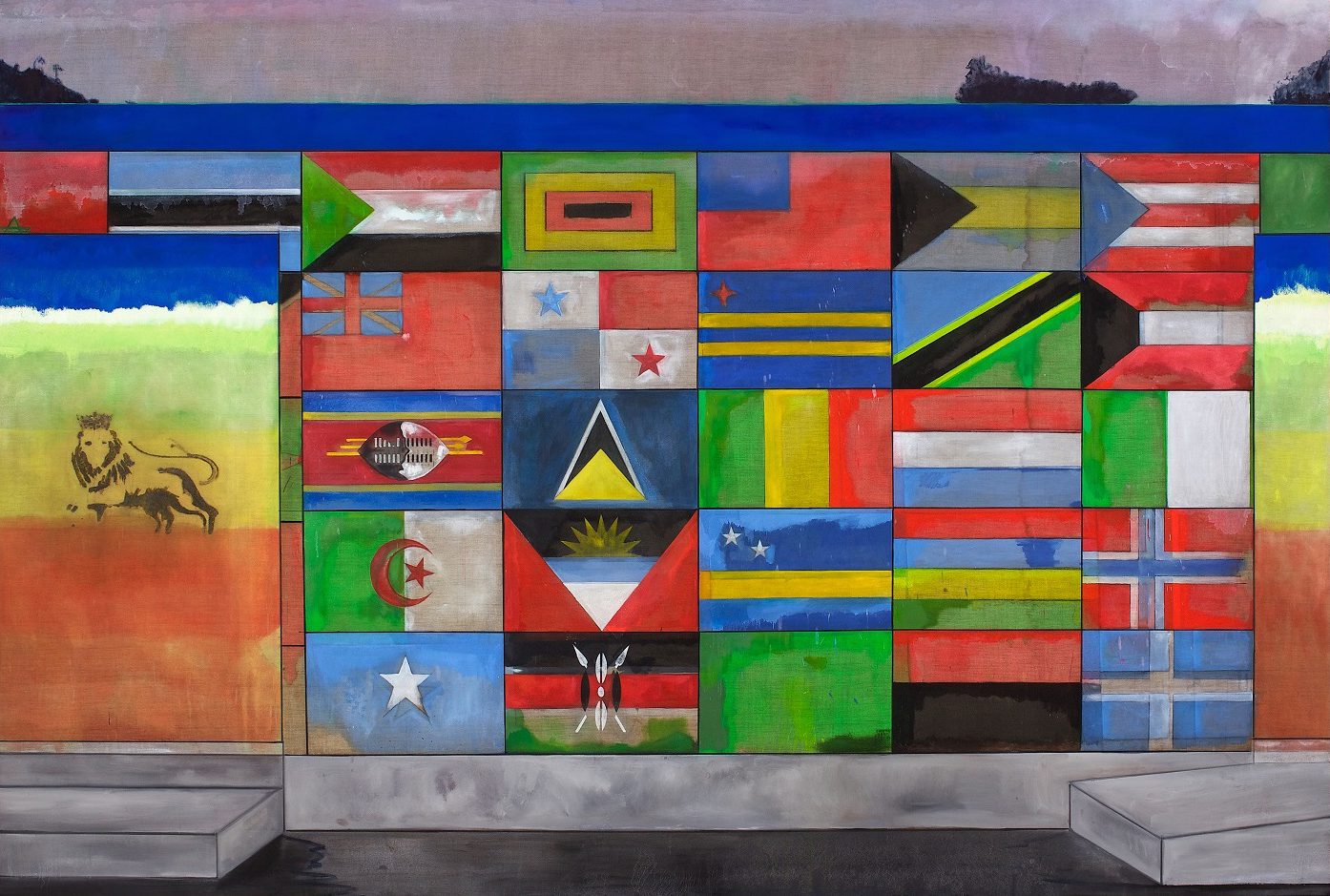 ‘Sit, linger, take a nap’: Peter Doig welcomes visitors to his Serpentine exhibition
‘Sit, linger, take a nap’: Peter Doig welcomes visitors to his Serpentine exhibitionThe artist’s ‘House of Music’ exhibition, at Serpentine Galleries, rethinks the traditional gallery space, bringing in furniture and a vintage sound system